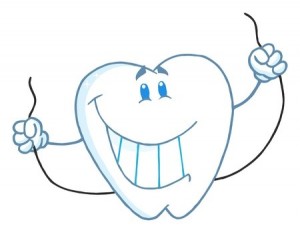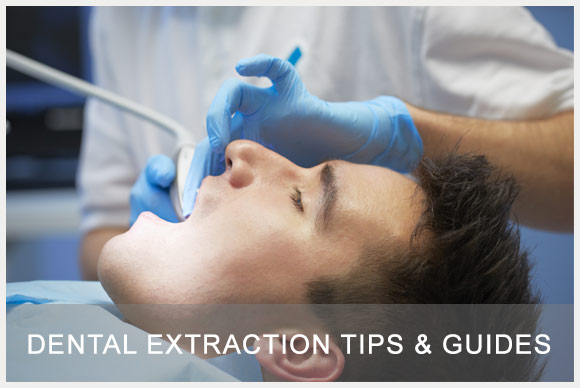Dental Extraction | Tips & Guides
Dentists and oral surgeons (dentists with special training to perform surgery) perform tooth extractions (Dental Extraction). Before removing the tooth, your dentist (Best Dentist in Santa Monica) will place a numbing gel on the gum next to the tooth to get your gums (Healthy Gums | Healthy Teeth | A Lifetime Commitment) numb before give you an injection of a local anesthetic to numb the area where the tooth will be removed. In cases where is desired by patients or if the extraction is complicated, the oral surgeon may use general anesthetic to put you to sleep for the amount of time it takes to perform the procedure.
Factors & Procedures of Dental Extraction
If a tooth is impacted or broken down badly, your dentist will cut away gum and bone around the tooth and then, using forceps (Forceps Wiki Page), grasp the tooth and gently rock it back and forth to loosen it from the jaw that hold it in place. Sometimes, a tooth must be removed in pieces if it breaks or as a result of cavity (Cavity Treatment and Prevention) can not be grasp by a forceps.
Post Op Dental Extraction Procedure

Extraction | Tips & Guides
Once a tooth has been removed, after the bleeding stops, a blood clot forms in the socket where the tooth was kept in the jaw bone. Initially the dentist will pack a gauze pad into the socket and have you bite down on it to help stop the bleeding. Sometimes the dentist will place a few stitches to close the gum edges over the extraction site. This will help with cases that bleeding is difficult to stop or as a result of cutting the gums (Healthy Gums and Teeth) around tooth, it is necessary to place the gum back in its place.
Dry Socket Due to Extraction
Sometimes, the blood clot in the socket breaks loose, exposing the bone in the socket. This is a painful condition called dry socket. Smoking or using a straw may increase the chances of dry socket. Some area in the mouth has a greater chance of developing dry socket compare to other areas. If this happens, your dentist will place a medication over the socket for a few days to protect it as a new clot forms. A dry socket is not an infection and does not require antibiotics.









